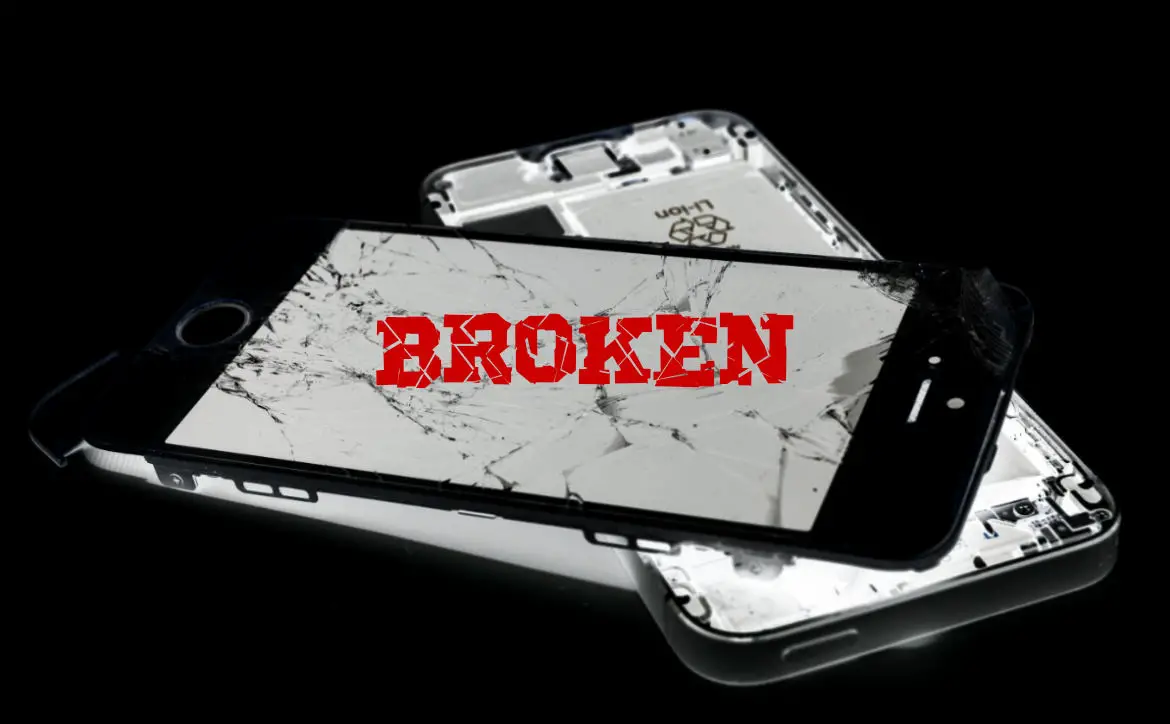The lifecycle of our phones is steadily increasing. Just 5 years ago, consumers were replacing their phones every 23 months. Recently, in 2019, the average time spent between upgrading or replacing a phone is 33 months. 45% of people will get their phone repaired after small aesthetic damage.
Estimated reading time: 3 minutes
On the other hand, 21% of people will continue using their phone until it stops working completely. Still, the majority of consumers would rather upgrade a device rather than fixing an old one. In 2021, Americans are expected to spend $4 billion on phone repairs and $59 billion on new phones.
Why are Americans keeping their phones longer? Higher prices push consumers to delay purchasing an upgrade; from 2016 to 2019, the world’s top 3 smartphone brands saw prices increase by over 50%. Recently, new features have become less tempting to consumers. Just 1 in 3 Americans is interested in upgrading to take advantage of innovations and “wow features.” Only 7% of individuals who spend over $1,000 on phones say they will likely purchase a 5G device as soon as it’s available. In addition, revamped carrier contracts break the 2-year upgrade cycle.
Smartphone damage happens constantly, and now that we are keeping our phones for longer, we are more likely to see something break. 72% of people have broken a smartphone, and those who have previously broken a phone are 2x are likely to do so again. Many people don’t take steps to safeguard their smartphones. 44% of people weren’t using a case when their phone broke and 55% added or upgraded their phone case after a break.
Many common scenarios put your devices most at risk. Phone damage usually happens on the go. Screens and batteries are the part of your phone that is most likely to break. The car or parking lots account for 32% of breaks. Another common place where damage occurs is in the workplace and during physical activity. Pools or other bodies of water are also frequent areas where phones are damaged; 11% of all smartphones experience water damage each year.
Most have dealt with a broken device; before rushing to replace it, consider the alternatives. Repairing a broken device rather than replacing it is beneficial for many reasons. Fewer new devices manufactured lower the greenhouse gas emissions from factories. Consumers will typically spend less on repairs than purchasing a replacement device. In addition, electronic devices contain hazardous chemicals, and repairing devices can reduce the pollution created from discarded products. Whether you’re trying to save money or benefit the environment, repairing your device can make your smartphone last longer.

What do you think of this infographic? Do you get your smartphone repaired or replaced when it breaks? Please share your thoughts on any of the social media pages listed below. You can also comment on our MeWe page by joining the MeWe social network.











